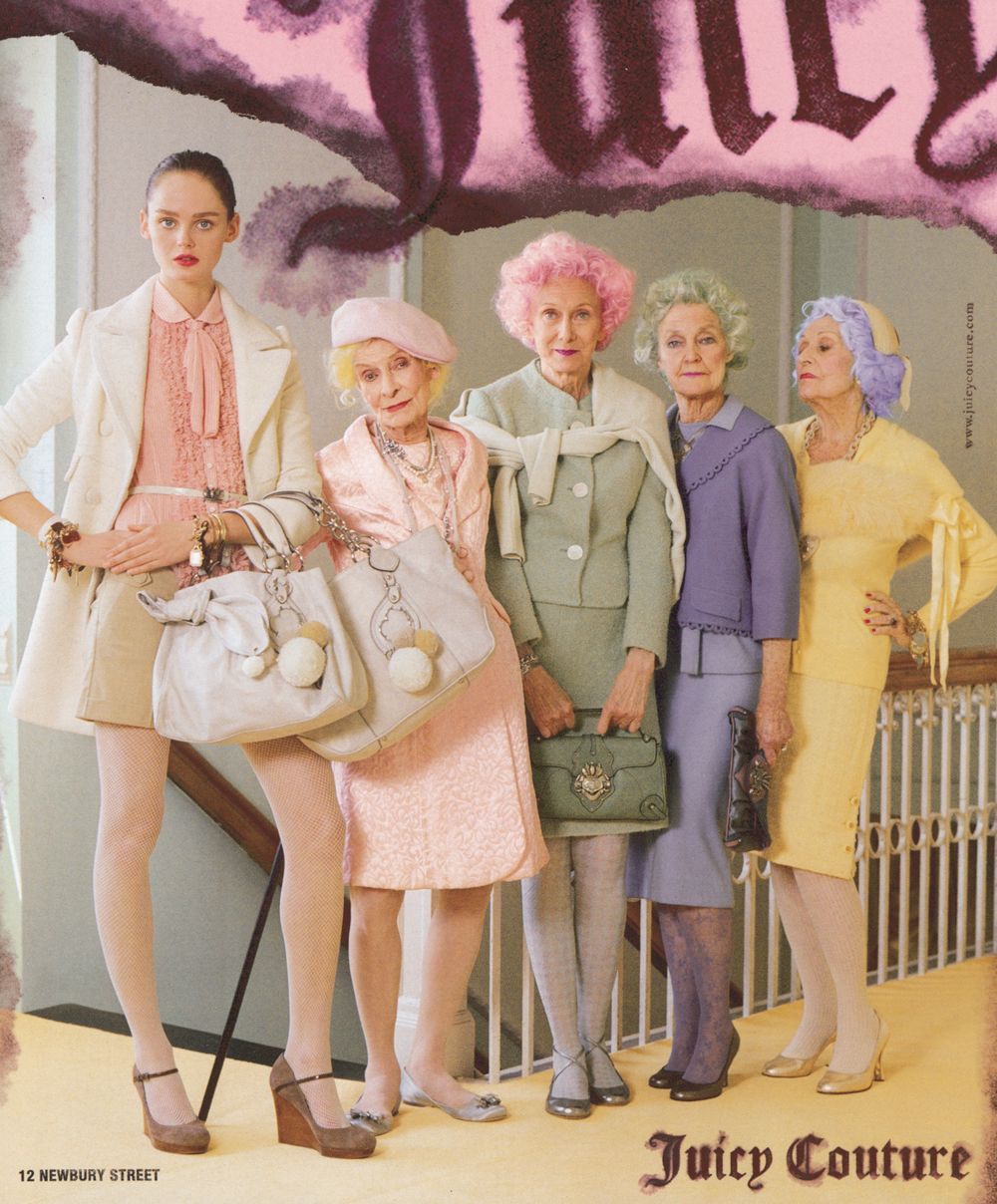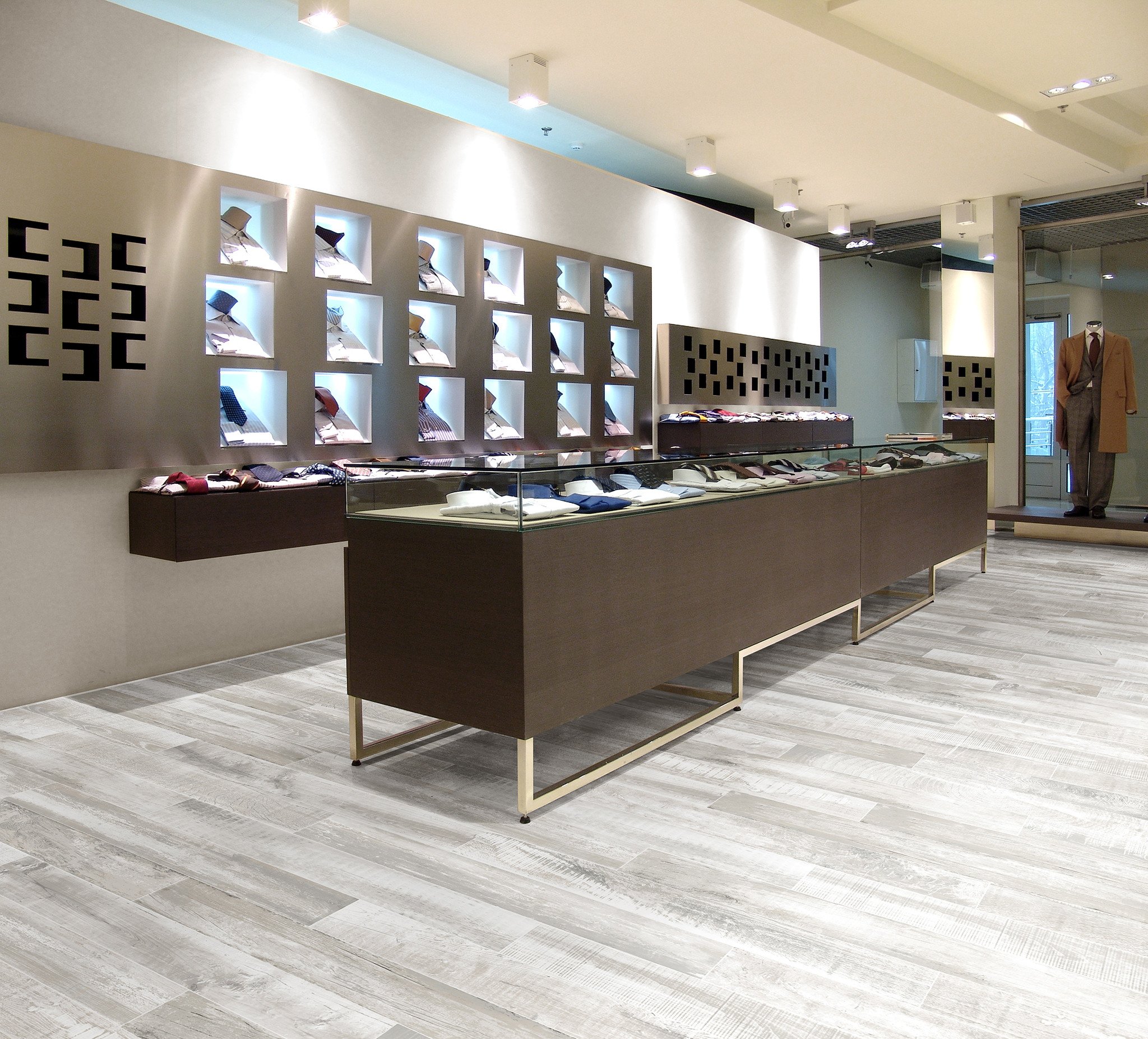In our previous post, we looked into the best ways of catching the attention of the young shoppers and the various experiences that will encourage them to come back to the store once they have some good cash to spend. This time, however, we want to explore another demographic that can at times feel neglected and misunderstood by both retailers and advertisers - the senior shoppers.
Although they might struggle to follow how Prada’s latest VR glasses work,this generation has indeed witnessed the diverse evolution of retail stores: from the birth of the first malls in the 1950s and the democratization of large-scale shopping with big-box stores, to the opening of the first Walmart store in 1962. Moreover, senior citizens have grown up in the period of the huge increase in purchasing power, the rise in globalization and consumerism. Finally, the last two decades were accurately marked by two unique circumstances that greatly differ from the original experience - the remarkable rise of e-commerce and the birth of social media. Up to now, we have seen savvy marketers and retailers largely focused on fulfilling the unique needs of the younger generations. Various reports delve into better understanding their preferences and developing appropriate experiences. But what about the senior demographic? What are their preferences, and why should retailers start paying more attention?

The loyal demographic who still loves brick-and-mortars
As the fastest-growing consumer age-group worldwide, the 60+ shoppers will by 2030 properly represent 22% of the US population (compared to just 8% today). Objectively compared to those aged under 25, they have a disposable income twice as big, and an increasingly high spending power. Preferring physical over digital, this demographic can’t easily be reached online, uncovering various opportunities for brick-and-mortars. Seniors always prioritize quality in whatever they purchase and are known to be more loyal when it comes to brands they trust. With more time for shopping on their hands and more money to spend on products they genuinely love, they sound like the shopper every retailer dreams of. However, this generation is also the one with a perspective unfamiliar to many young teams, and can as such, it can pose various communication challenges. How to approach senior shoppers and gain their trust? How to design stores that will fulfill their needs? We have gathered some valuable insights to design the ideal store:
Focus on considerable comfort and easily accessible products
When designing experiences, retailers often anticipate that their shoppers won’t have any difficulties moving around, which is not always the case. As senior shoppers spend a longer time shopping, they also expect to have plenty of space to move around, but equally to take a well-deserved rest. According to a recent study, 75% of this demographic considers rest spots as a priority, and many younger shoppers will agree on this one. Combining creativity and comfort, the strategic seating can be added throughout the store in a way that fits the layout, design, and decor. The concept can further be extended to lounge areas, creating an intimate, personalized atmosphere:

When it comes to product placement, the typical arrangement that prioritizes modern aesthetics over practicality might be inefficient in this case. Seniors might invariably find it challenging to reach products that are positioned too high or too low. Hence, retailers should strategically place items on easily accessible shelves, at an eyesight level.
Design stores with practicality in mind
Although people undoubtedly enjoy shopping in gorgeous stores, some find its design less important than others. Millennials for instance greatly value the modern look and feel they get from the store interior, while seniors largely prioritize its practicality. Two remarkable design downsides that seniors point out indeed sought out attention: shiny floors and heavy entrance doors. Frequently, retailers place gleaming floors in their stores to achieve a modern feel. However, shoppers recurrently have a sensation of anxiety about this design feature as they think that the ground is slippery. To make shoppers feel safe and instantly lower their anxiety, opting for matte or wood floors represents a finer option. Besides the floor, the entrance performs a significant role in the accessibility of a store. With that in mind, retailers should always make certain the doors are not heavy or difficult to open. Automatic doors, in this case, are the best alternative.

Avoid sensory overstimulation
The loud techno beats streaming from the speakers might cause splendid joy among the youth, but are indeed not recommended when targeting the mature generation. Loud, unpleasant music has often been pointed out as one of the irritating factors in today’s modern stores and is also one of the key reasons why seniors avoid entering it. With that in mind, retailers should opt for slower, relaxing notes. While talking with senior shoppers, they pointed out that anyone with some kind of cognitive difficulties will instantly find the visual stimuli of the displays, combined with the music, too much to handle.
Besides noisy music, another challenge seniors have is reading price displays, store directions, and other signage. According to research, over 50% of senior shoppers find it difficult to read labels or store signage. Even when wearing glasses, the bright displays make it challenging to see the imagery, creating frustration among shoppers. Although retailers don’t necessarily have the power to control product packages and labels, they can aid seniors by making the in-store displays and signage more readable. In this case, large, easy-to-read fonts and clear imagery can be of help. Moreover, proportional fonts, colors that contrast, and clan design can greatly better the experience. Next to sizing,using brighter, natural light will improve the signage visibility.
Hire educated, friendly staff
One must keep in mind that for seniors, shopping is a social experience. With fewer opportunities for social interactions, about ⅔ of seniors go shopping twice a week, largely to socialize. On that note, their satisfaction when shopping in-store will not only result from purchasing products, but will also largely be influenced by the service in-store. Unfortunately, research shows that seniors often feel that store staff can be unfriendly, and are not trained enough to meet their needs. In contrast to Millennials and Gen Z, the senior generation is less likely to go online to compare items and read its reviews before entering the store. Hence, once they visit your brick-and-mortar, this is their time to learn all about the product.
To make this happen, retailers must ensure the team is well-trained to adequately meet everyone’s needs, and that they can answer in-depth questions regarding a product’s key features and functionality. As quality and longevity are the key features seniors are looking for in a product, friendly, helpful staff should focus on showcasing goods with such features in mind. Senior citizens, no matter their income, are willing to pay higher prices for premium products. Hence, even if they buy fewer items, they tend to be intensely loyal to brands they sincerely trust. As in-store staff is the primary touchpoint with this demographic, they should make sure to know what appeals to the audience.
Implementing these simple changes can help retailers design stores that will appeal to senior citizens and drastically improve their shopping experience. By carefully arranging an environment where these shoppers can socialize and shop, retailers can tap into this rapidly growing market and can undoubtedly gain their long-lasting loyalty.